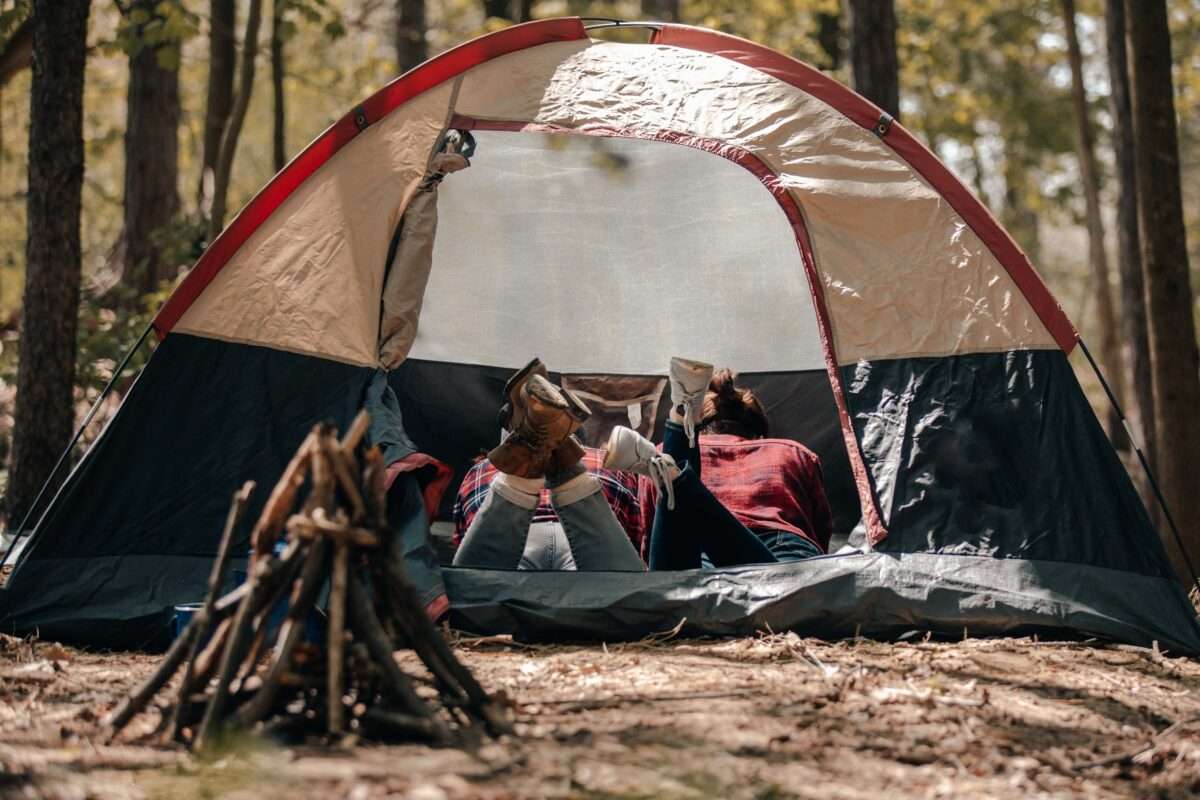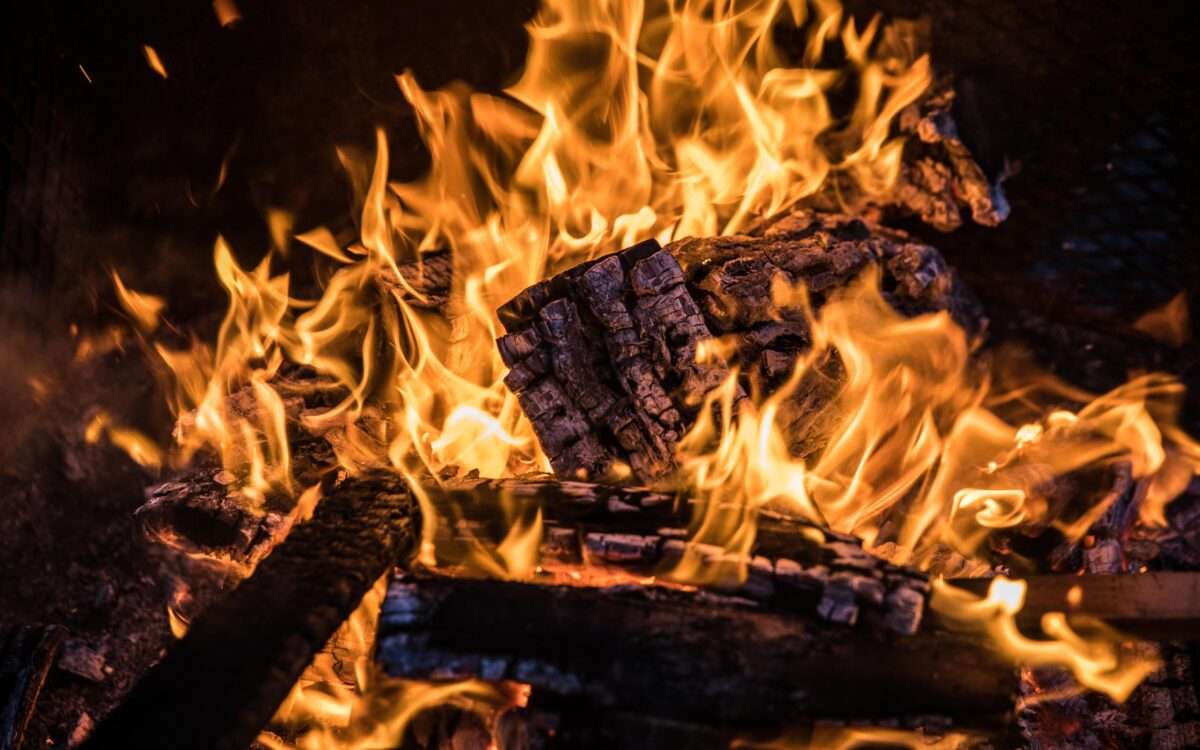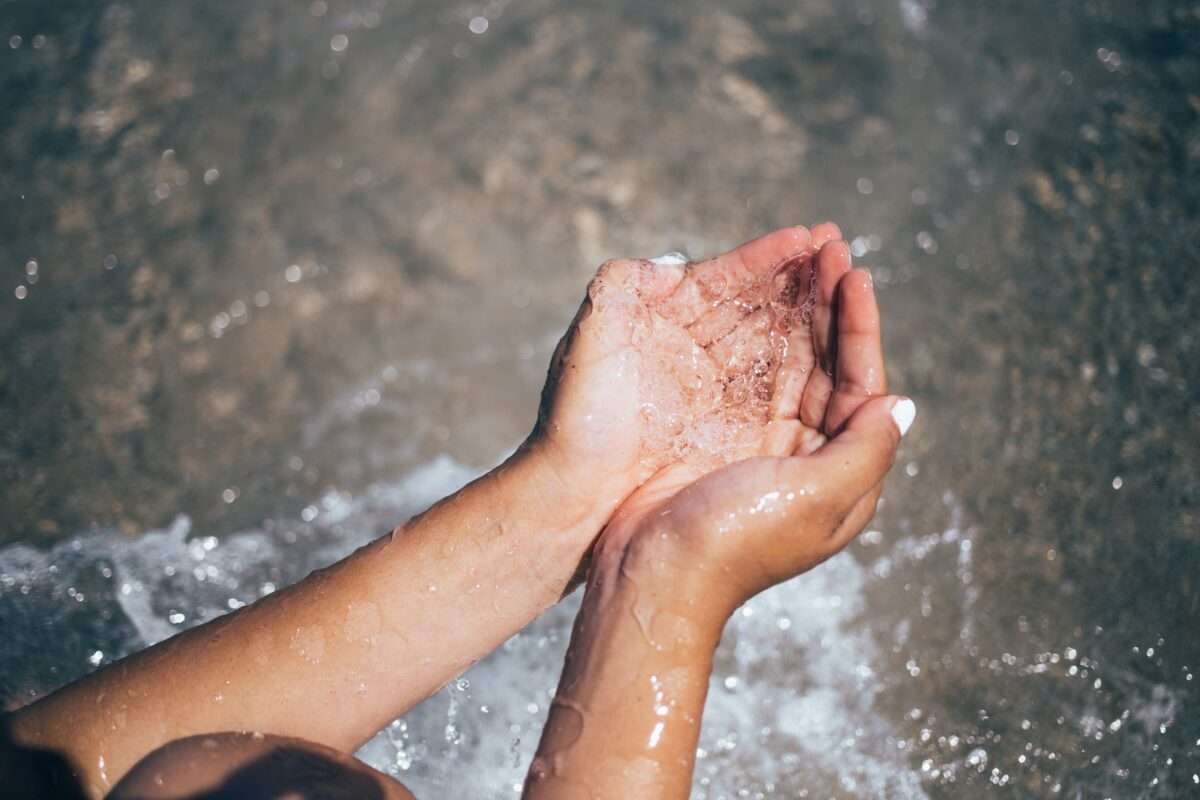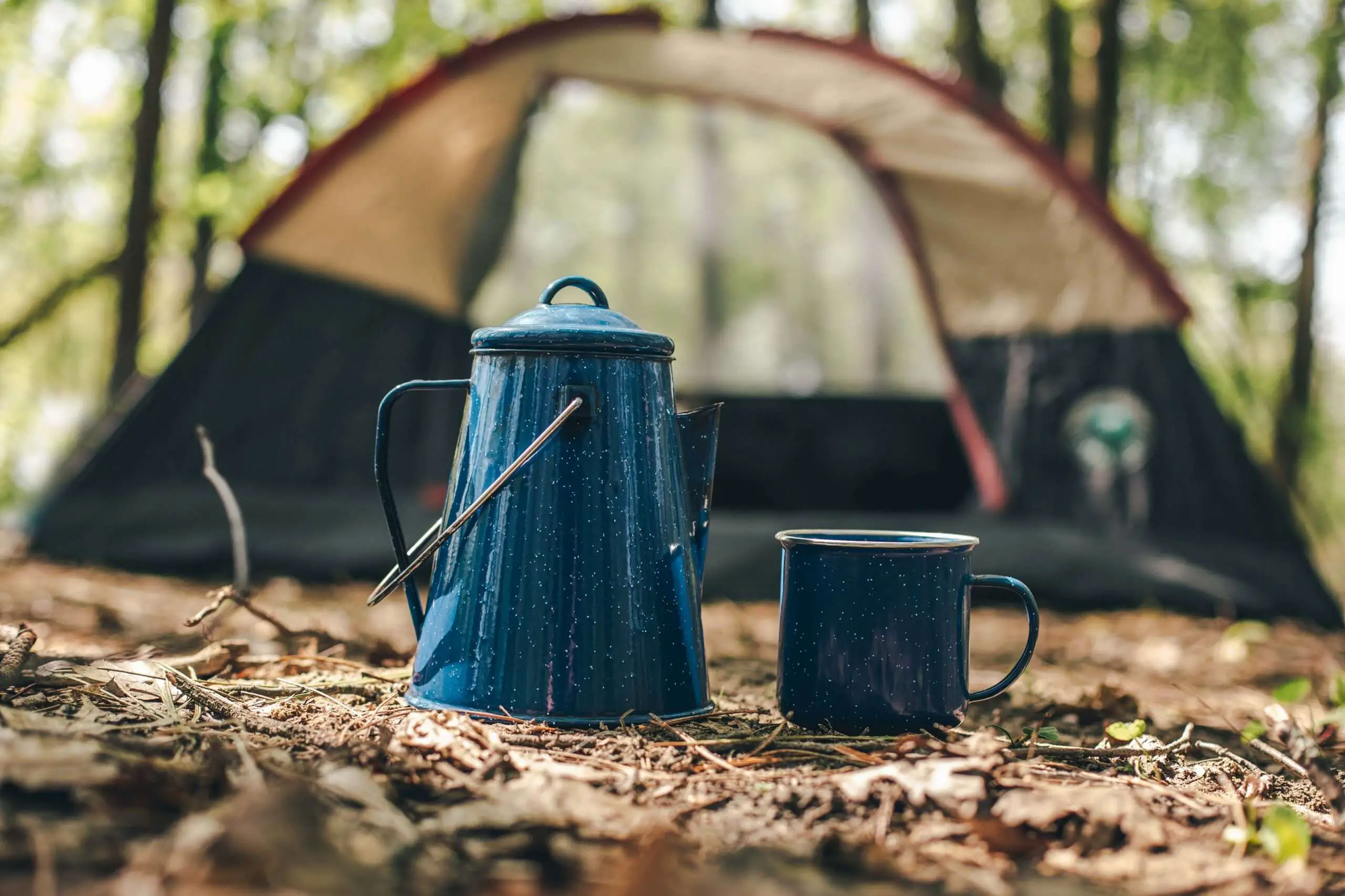When it comes to camping, a specific item stands as synonymous with the venture – the camping tent. However, what if you are told that you could camp without relying on a trusted camping tent? Here, we divulge into the detailed world of tentless camping, providing practical methods, opportunities, and challenges and guiding you on how to embrace the wilderness in comfort.
Understanding Tentless Camping: The Basics
Tentless camping refers to the growing trend within the outdoor enthusiast circle of camping without the use of traditional camping tents. This approach to sleeping outdoors might appear unfamiliar and intimidating, but in fact, it provides an enriched experience of nature and is budget-friendly.
Methodologies: Choosing the Right Approach to Tentless Camping
Camping without a tent may involve a spectrum of methodologies, each one selected based on personal preferences, weather conditions, and the camping environment. Below are some popular choices:
- Hammock Camping: One of the most preferred methods, hammock camping involves suspending a hammock between two sturdy trees. This method will keep you lifted off the ground, safeguarding you from any ground moisture, bugs, or uneven terrain.
- Bivy Sack Camping: Bivy sacks or bivouac sacks are type of waterproof cover that you can slip over your sleeping bag, providing an additional layer of protection from the elements. It provides a compact, low-footprint sleep system best for minimalist backpackers or colder camping conditions.
- Tarp Shelter Camping: This method involves using a tarp to craft a makeshift shelter, and it can be as simple or as elaborate as you want it to be. It’s lightweight, adaptable, and can be found in a variety of shapes and sizes.
- Earth-Made Shelter Camping: This method involves fashioning shelters from found resources like branches, leaves, or even snow mounds. Although challengingly labor-intensive, it’s extremely rewarding and ingrains a great sense of achievement.
- Sleeping Under the Stars: Definitely the most adventurous of all the methods, it means sleeping in the great outdoors with no barriers between you and the beautiful night sky.

Pros & Cons: Balancing the Benefits and Challenges of Tentless Camping
Like any other camping method, going tentless has both upsides and downsides. Let’s discuss them:
Benefits
- Minimized Gear: Tentless camping reduces the volume of equipment you have to carry, significantly cutting down on backpack weight.
- Increased Interaction with Nature: Without the confinement of a tent, you can enjoy a sensory-rich experience, with nothing blocking your view of the environment around you.
- More Flexibility: With techniques like hammocking or tarp camping, you don’t need to find flat ground as you would with tent camping.
- Budget-Friendly: The total cost of most tentless camping ventures is often lower than investing in high-end, featherweight tents.
Limitations
- Exposure to Weather Conditions: Without the physical barrier of a tent, you’re more vulnerable to changes in weather, especially rain or sudden drops in temperature.
- Potential Encounter with Wildlife: Being open and closer to nature also means that you’re more exposed to bugs, insects, and small animals.
- Suitable Location Hunting: For hammock camping, you have to find two trees that are strong enough to bear your weight and appropriately distanced.
Preparations: Relevant Advice for Tentless Camping Success
For a successful tentless camping experience, remember the following tips:
- Plan Ahead: Check the weather forecast, and prepare for all conditions you might encounter.
- Invest in Quality Sleeping Pads: Effective insulation is significant when you’re sleeping outdoors, especially without a tent to restrict the escape of heat.
- Pick Your Spot Cautiously: Always opt for high terrains to prevent the pooling of water, and beware of insect nests, ant hills, or animal trails.
- Pack a Survival Kit: Essential items like a first-aid kit, a multipurpose knife, a fire starter, and water-purifying equipment should always be in the packing list.
- Practice Leave No Trace Principles: Always clean up your camping spot before leaving and minimize the impact on the environment.

Fire Building Essentials
The importance of a fire during any camping trip can never be overstated. The ability to swiftly and safely build a fire can mean the difference between comfort and discomfort or sometimes even safety and danger.
- The Teepee Method: Gather dry twigs and arrange them in a teepee shape. Insert fire-starting material like dry leaves or newspaper in the middle and light it up. Slowly add larger sticks as the fire grows.
- The Log Cabin Method: Start with a small teepee fire. Once it’s well-lit, place larger logs in a square formation around it. Stack them in a way that air can flow. This method results in a long-lasting, steady fire.
- The Lean-To Method: Drive a long stick into the ground at about a 30-degree angle. Lean smaller sticks against it, then add Tinder. Light the fire on the side shielded from the wind.
Navigate Using Natural Landmarks
Besides using a compass or GPS, nature offers you some landmark navigation aids.
- Celestial Navigation: In the Northern Hemisphere, the North Star, or Polaris, always points true north. In contrast, in the Southern Hemisphere, the Southern Cross constellation is a reliable guide.
- Using Trees: Trees can also give you a sense of bearing. In more temperate climates, moss tends to grow on the northern side of the trees because it favors a cool, damp environment.
- Understanding Shadows: The sun rises in the east and sets in the west. With this in mind, you can use a stick and the shadows it casts to get a rough approximation of cardinal directions.

Water Collection and Purification
Freshwater is a crucial resource not always readily available during outdoor escapades. Here are some ways to collect and purify it:
- Rainwater Collection: Using your tarp or any clean containers, you can collect rainwater, a safe and clean source of water.
- Stream Water Collection: Stream water can be collected, but purification is of utmost importance. Always try to find fresh running water, and avoid stagnant pools.
- Water Purification: Boil water for at least one minute to purify it. A portable water filter or purification tablets are also good options to clean gathered water.
Basic First Aid and Emergency Skills
In case of physical injuries or illnesses, it’s important to be prepared:
- Understanding CPR: Learning Cardiopulmonary Resuscitation (CPR) can be a lifesaver in case of heart emergencies.
- Wound Care: Be prepared to clean and dress wounds to prevent infection. Carrying antiseptic and bandages in your first-aid kit is crucial.
- Understanding Signs of Hypothermia: Recognize symptoms of hypothermia—uncontrollable shivering, memory loss, disorientation, incoherence, and drowsiness. Timely detection and action can save lives.
Camping without a tent might be daunting initially, but with proper preparation, it offers a rewarding and worthwhile experience. So take a leap, embrace the wilderness, and let your next adventure be closer to nature than ever before!

Leave a Reply
You must be logged in to post a comment.